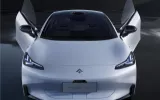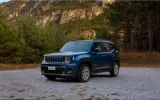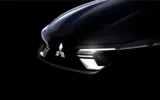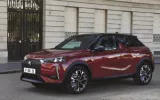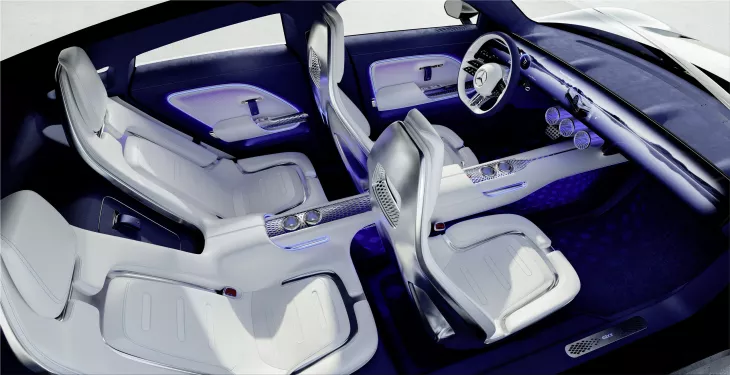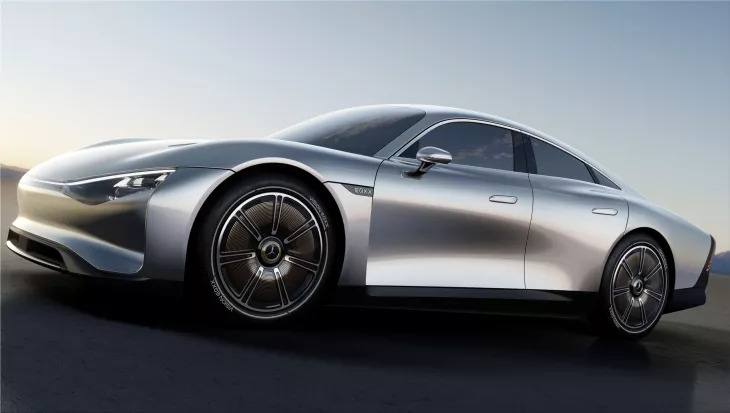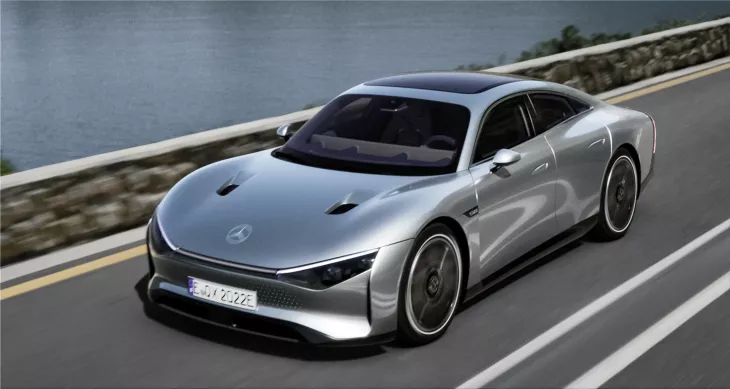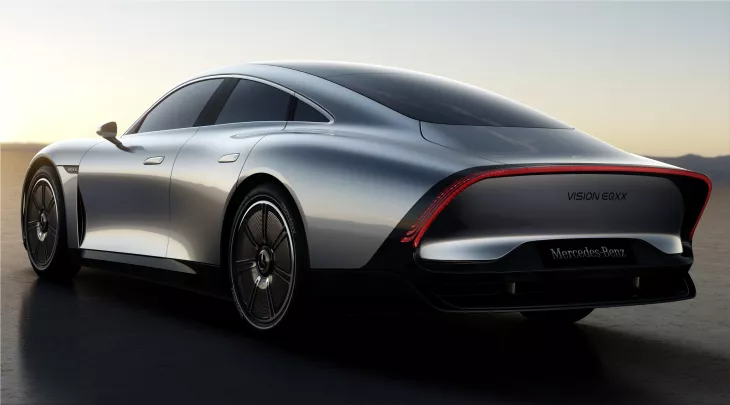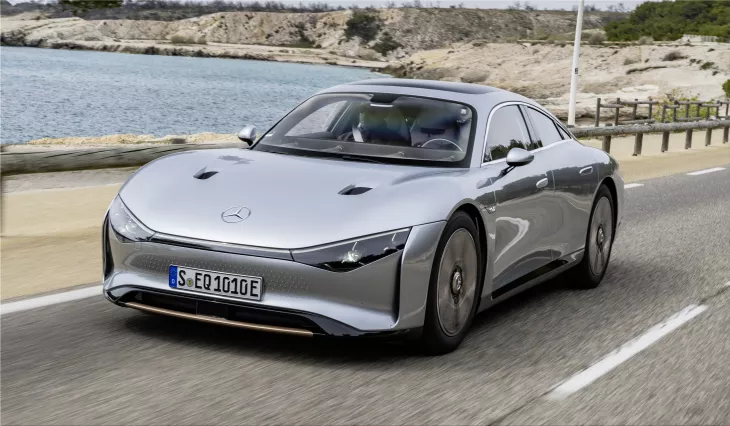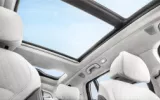Mercedes-Benz has chosen to establish a global leadership position in developing electric vehicles. They have shown their new concept, Mercedes-Benz Vision EQXX, which breaks new ground in resource management. In less than 18 months, an automobile with a range of more than 100 miles and an electrical usage of fewer than 1 kWh per mile was built.
When it comes to electric vehicles, the range is critical, and Mercedes-Benz is a leader in this segment. In an American Edmunds real-world test, the new Mercedes-Benz EQS 450+ just exceeded 680 kilometers on a single charge. Almost 140 kilometers longer than any other vehicle evaluated by the business.
Mercedes-Benz now demonstrates that it is feasible to go much farther - without just increasing the size of the batteries in the automobiles - with its new concept electric car, Mercedes-Benz Vision EQXX. By reversing the process of producing a new model, in only 18 months, a vehicle that drives more than 100 kilometers on a single charge and uses less than 1 kWh per mile was built.
This implies that it can cover the distance between Stockholm and Berlin on a single charge, with a consumption rate roughly half that of an electric car today. "This is our vision for the future of electric vehicles," Mercedes-Benz CEO Ola Källenius stated.
"It has been less than a year and a half since we began work on the project that has resulted in the most energy-efficient vehicle we have ever constructed. The Mercedes-Benz Vision EQXX electric car is technologically advanced in several ways and features a battery that is so tiny that it could fit inside a small automobile. Additionally, it features an incredible and futuristic design.
Mercedes-Benz Vision EQXX was designed with software at its core, using a digital approach. The objective has not only been to maximize reach but also to do so while managing all available resources. This includes but is not limited to minimizing the car's weight, utilizing as little material as feasible in the manufacturing process, and repurposing recycled material in novel ways.
This kind of construction has enabled the automobile's load-bearing components to be constructed so that everything that is not necessary for function or safety may be deleted. In addition, by 3D printing several details and parts, you have also prevented the use of resources that would have been required to adhere things together merely.
Additionally, the battery and driveline are unique. A 900-volt driveline was created in-house with significant assistance from Mercedes-Benz F1 engine developers. Everything has been thoroughly studied, from system design to material selection, lubrication, and temperature management.
The approximately 200 hp (150 kW) powertrain achieves an astonishing 95 percent energy efficiency from the battery to the wheels (it can be compared to about 30 percent of the most efficient internal combustion engines today).
Additionally, the same team produced a brand-new battery pack with an energy density of about 0.4 kWh per liter. This means that a car battery with a capacity of up to 100 kWh may be fitted into a car with a wheelbase only around 10 cm longer than the A-Class. The car's battery has the same capacity as the one in EQS but is half the size and weighs 30% less. On the top of the electric vehicle are 117 solar cells that supply energy for the car's battery, which powers the air conditioning, entertainment, and lights, among other things. The solar cells add up to 2.5 miles of range on a good day.
Along with low weight and energy efficiency, aerodynamics is always critical in achieving low consumption. 2022 Mercedes-Benz Vision EQXX electric car has a meager air resistance of CD 0.17.
The digital development process has also resulted in a greater emphasis on the vehicle's software. For example, the Mercedes-Benz EQXX technologies used neuromorphic computing and neural networks developed in collaboration with the artificial intelligence researchers at BrainChip in California.
Consequently, the automobile learns quicker, can draw new sorts of conclusions, and consumes less energy due to the computer power. The Mercedes-Benz Vision EQXX electric car picks up voice commands more quickly and can also react to emotions read by the voice. Additionally, it can forecast the path forward by considering factors such as wind speed and direction and the friction of the road surface.
Vision EQXX from Mercedes-Benz has now left the showrooms and embarked on a European road trip. Despite speeds of up to 140 km / h and in hilly terrain, consumption remained at an extremely low 0.87 kWh per mile. This made it possible to pass the 100 km long stretch from Sindelfingen to the French Riviera on one charge.
Mercedes-Benz CEO, Ola Källenius, was satisfied: "We did it! We managed more than 100 km on a charge without effort and consumed only 8.7 kWh / 100 km in real traffic. Mercedes-Benz VISION EQXX is the most energy-efficient Mercedes ever manufactured. The technology behind it is a milestone in developing electric cars and underlines our entire strategic goal, "Lead in Electric."

